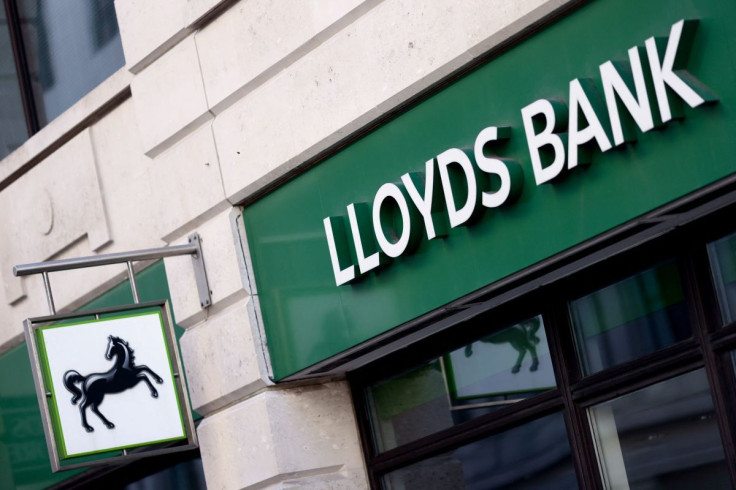Lloyds Lifts Profits Forecasts Even As Inflation Looms

Lloyds Banking Group reported better-than-expected first quarter profits on Wednesday, as Britain's largest mortgage lender largely shrugged off the early impact of the country's worsening cost of living crisis.
The bellwether bank also raised forecasts of its performance, in a sign of confidence despite the looming threat of runaway inflation and a worsening economic outlook fueled by the shockwaves of war in Ukraine.
Lloyds' pretax profits of 1.6 billion pounds ($2.01 billion) fell from 1.9 billion a year earlier, but were above a 1.4 billion pound forecast from analysts compiled by the bank.
Banks' prospects were lifted last year by the country's rebound from COVID-19 pandemic lockdowns and the Bank of England ratcheting up interest rates from historic lows.
Economists are predicting Britain's cost of living crisis will severely hamper growth, although they expect the central bank to nonetheless raise rates for a fourth straight time next week.
"We are very aware of the potential impact of higher inflation on some of our customers," CFO William Chalmers told reporters, adding the bank was proactively contacting those who may face financial difficulties.
More than 1.2 million of the bank's customers have cancelled subscription services since last summer, Chalmers added, while more money was being spent on energy bills and food.
Chalmers warned impairments for bad loans would likely increase this year from a low base, with the bank taking a 177 million pound charge in the quarter partly due to the expected slowdown.
Lloyds shares rose as much as 3%.
CAPITAL HIT
Lloyds said its underlying performance meant it could increase its forecast for return on tangible equity and net interest margin, key measures of profitability.
Lloyds now expects banking net interest margin to be 270 basis points this year, up from 260 basis points, and to make a return greater than 11%, compared with a 10% target outlined in February.
The lender's results follow those of rival HSBC, which was forced to shelve plans for new stock buybacks in its earnings on Tuesday.
Like HSBC, Lloyds' core capital ratio - a measure of financial strength - fell significantly.
Lloyds' buffer dropped to 14.2% from 16.3% in 2021, which the bank blamed on regulatory changes including an increase in how banks calculate risk-weighted assets and harsher deductions in value for intangible software assets.
Chalmers downplayed the potential impact of the capital hit on future investor payouts, adding that aside from one-offs capital increased 50 basis points in the quarter.
The bank's new CEO Charlie Nunn unveiled a refreshed strategy for the lender in February, targeted at digitising the bank and boosting fee income in areas including wealth management.
The former HSBC executive began a shake-up of Lloyds' top team and internal structure last month and has further trimmed the bank's branch network to curb costs.
($1 = 0.7945 pounds)
© Copyright Thomson Reuters {{Year}}. All rights reserved.





















